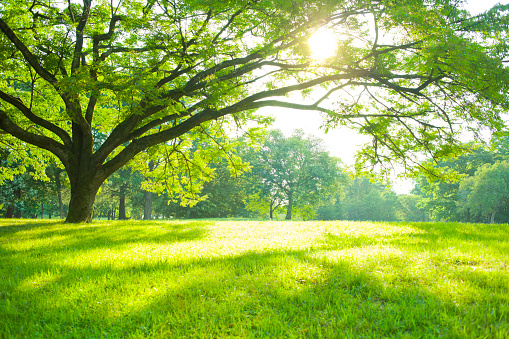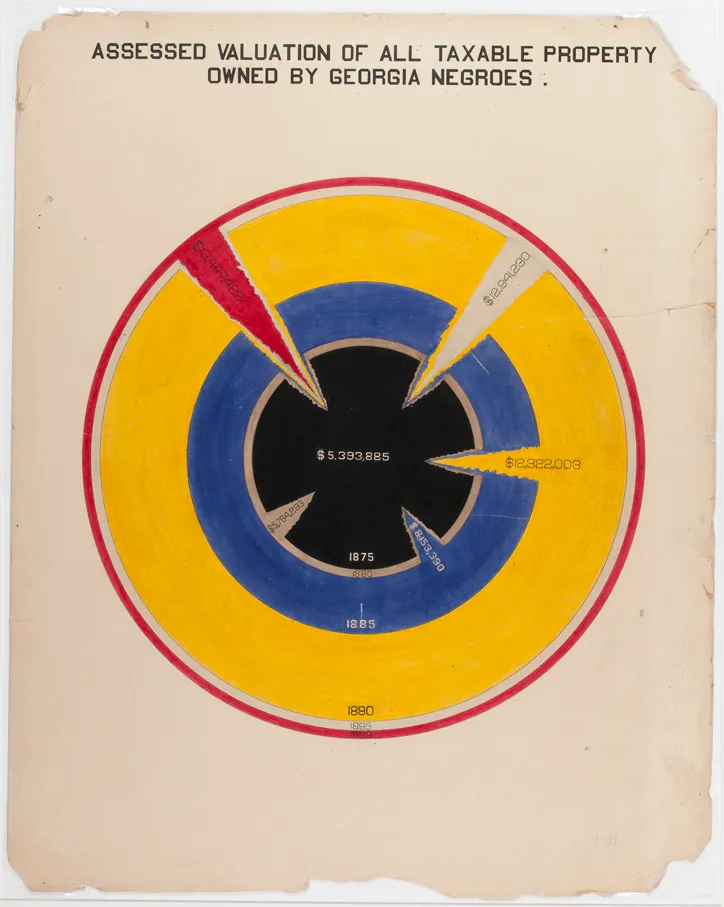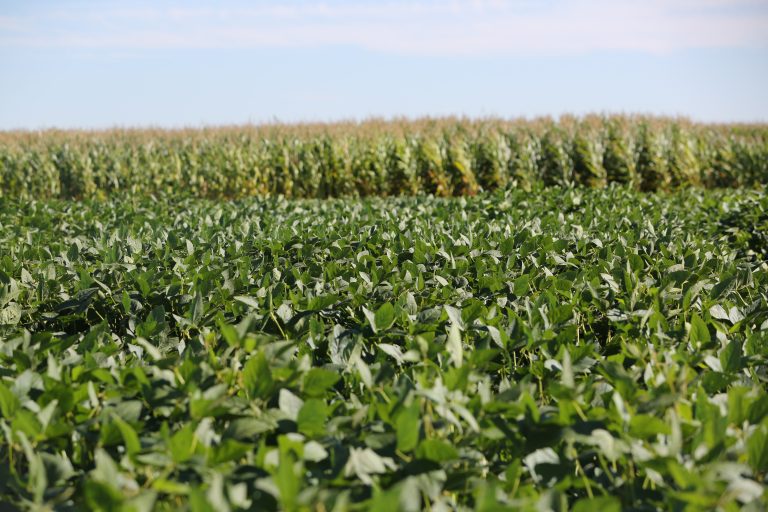Stress Management Resources for You and Your Community
April is interesting. On one hand, many parts of the United States are emerging from winter, the sun is out, and spring flowers are blooming. On the other hand, taxes are due, the traditional school year is ending, and work deadlines feel like they’re piling up. It seems like no coincidence that April is National Stress Awareness Month. According to the National Institute of Health, stress is defined as “physical, mental, or emotional strain or tension.”1 We all experience stress from time to time, and if you work in a human services field – from healthcare to community development – you likely have an intimate understanding of stresses experienced by members of your community.
Amidst the COVID-19 pandemic, inflation, domestic and international tension, and increasing political division, Americans were found to be stressed at concerning levels in a 2022 report by the American Psychological Association.2 This is alarming, as long term stress is associated with negative physical and mental health implications such as headaches, stomach disorders, depression, anxiety, stroke, heart disease, increased heart rate, and increased blood pressure. This blog will highlight four methods of reducing stress and will demonstrate how data found in SparkMap can help you identify stress-relieving resources for yourself and your community. Be sure to check back at the end of April when we will publish another blog focused on community determinants of stress.
In this blog, we will highlight data pertaining to the following stress-relief methods:
- Getting outside
- Fueling your body
- Making social connections
- Talking with a Professional
Let’s get started!
Getting Outside
Spending time outdoors is a great and free way to reduce stress. Studies have found that simply being in green spaces is associated with lower risk of depression, faster stress recovery, more focus and attention, better sleep, and increased motivation.3 Spending time in nature also relaxes our bodies by reducing cortisol (the stress hormone), muscle tension, and heart rate!
A great way to prioritize time outside is by visiting the national, state, and local parks and forests in your area. In the SparkMap Map Room, search for the “Federal, State, and Local Parks” layer to easily find parks, as well as national monuments, recreation areas, waterways, and wildlife areas near you (Figure 1)! These locations are great to visit or recommend to others to reduce individual stress. In a professional capacity, understanding outdoor access in your community is important and this data layer may support work on advocating for more green spaces.

Fueling your Body
Did you know some foods naturally reduce stress? Foods high in Vitamin B, Omega 3 Fatty Acids, Magnesium, protein, and probiotics have been found to lower stress and anxiety when eaten on a regular basis.4
Explore the “Farmer’s Markets” layer in our Map Room to find fresh seasonal produce and protein sources available near you and to better assess access to healthy food options in your service area (Figure 2). You can even try the query data tool to see where SNAP and other payment methods are accepted.

Making Social Connections
People who spend most of their time alone tend to be more stressed, experience depression more often, and have a lower quality of life.5 On the other hand, having social connections has many protective health factors like increasing cognitive skills, quality of life, happiness, and well-being.
Finding something you enjoy doing in your community can be a great way to build and maintain social relationships. By adding the “Social Associations” layer in the Map Room, you can see the rate of social organizations in your county (Figure 3). These data can help you gauge access to social activities in near you and inform outreach and advising strategies related to stress relief.
Talking with a Professional
A final way to reduce stress is by talking with a mental health professional. Speaking to a professional can be helpful because they are trained to help you understand and cope with the challenges you’re experiencing.6
SparkMap can help you find mental health providers near you. By adding the “Mental Health Providers” layer in the map room, you can easily see the location, provider type, and phone number of local providers (Figure 4).
Conclusion
Overall, managing stress is important year-round. Stress can impact our mental, physical, and relational health in many negative ways.
In SparkMap, you can easily find data pertaining to four key stress-relief methods: getting outside, fueling your body, making social connections, and talking with a professional. SparkMap can help you access each of these avenues so you can start de-stressing today and make sure those in your service area have access to stress relief resources as well.
Be sure to visit our blog at the end of April to learn more about community determents of stress.
References
- https://hr.nih.gov/working-nih/civil/national-stress-awareness-month2
- https://www.apa.org/news/press/releases/stress/2022/concerned-future-inflation
- https://www.fs.usda.gov/features/wellness-benefits-great-outdoors
- https://health.clevelandclinic.org/eat-these-foods-to-reduce-stress-and-anxiety/
- https://newsnetwork.mayoclinic.org/discussion/mayo-clinic-minute-the-benefits-of-being-socially-connected/
- https://www.nami.org/About-Mental-Illness/Treatments/Types-of-Mental-Health-Professionals









